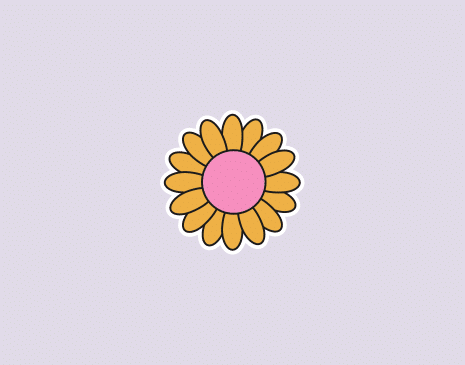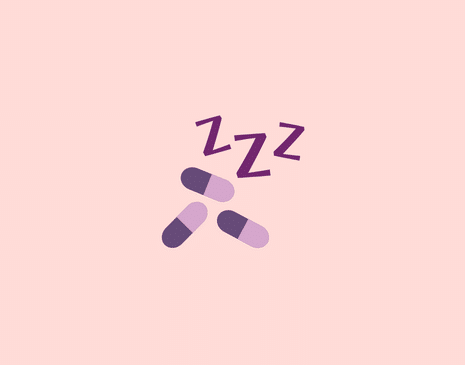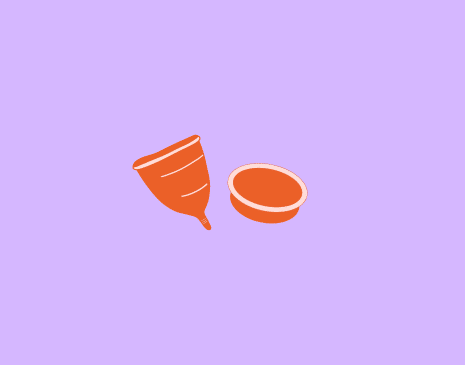Your menstrual cycle is a remarkable journey filled with hormonal shifts and changes. Understanding this cycle can empower you, whether you’re trying to have a baby or aiming to prevent pregnancy.
In this article, we explore the key moments of fertility and how to use this knowledge for both family planning and effective contraception. From recognising ovulation signs to discovering fertility awareness methods, we’ll demystify reproductive health. Being in tune with when you’re most fertile is essential for taking charge of your reproductive choices, whether you want to start a family or prevent pregnancy.
Understanding Your Fertility Cycle: An Overview
Understanding your fertility cycle is like having a monthly guide to your reproductive health. It starts with your period, moves through phases like ovulation (a key time for conception), and ends with preparation for a potential pregnancy. This knowledge isn’t just for those trying to conceive; it’s equally vital for those looking to manage their fertility to prevent unplanned pregnancies.
Picture it as a calendar of your body’s natural rhythm. Whether planning for a family or ensuring you’re in control of your reproductive choices, knowing when these phases happen is key. With Youly by your side, we’re here to simplify the details of your fertility cycle, empowering you to make informed decisions for your unique journey.
The stages of the menstrual cycle:
Menstrual Phase (Days 1-5)
This phase is when your period starts, and the uterine lining is shed. A typical menstrual cycle lasts around 3 to 7 days.
Follicular Phase (Days 6-14)
Starting after menstruation, the follicular phase involves the development of follicles in the ovaries, each containing an immature egg. This phase culminates in ovulation.
Ovulatory Phase (Day 14)
Around the middle of the menstrual cycle, ovulation occurs. A mature egg is released from the ovary and is available for fertilisation by sperm. This phase is a key period for conception. There are ways to predict ovulation – find out if you’ve ovulated.
Luteal Phase (Days 15-28)
Following ovulation, the luteal phase begins. The ruptured follicle transforms into a structure called the corpus luteum, releasing hormones to prepare the uterus for a potential pregnancy. If conception doesn’t occur, the cycle restarts with menstruation.
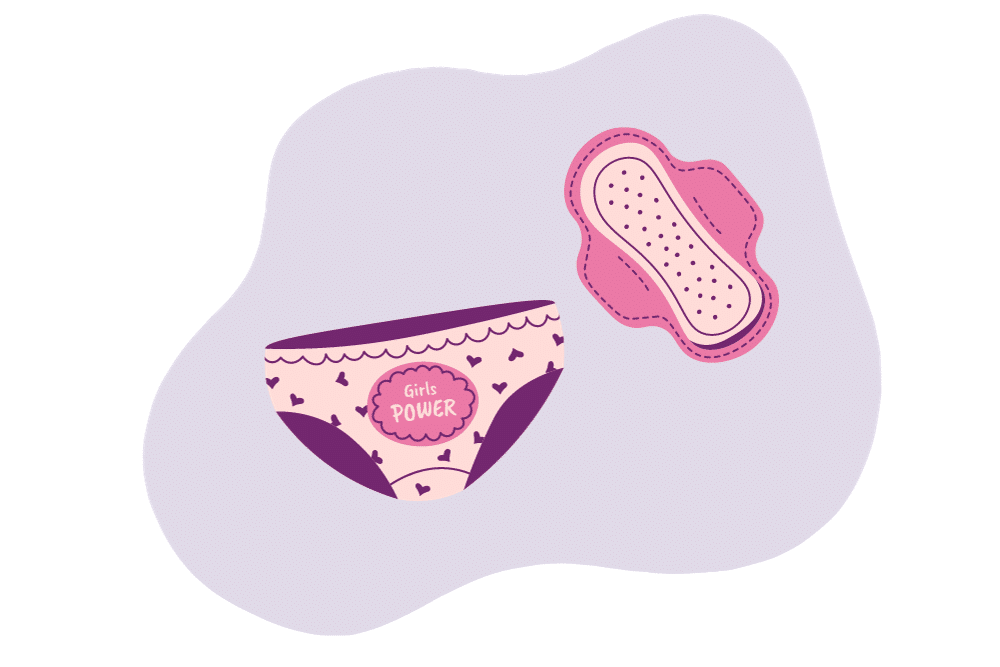
Understanding these stages is crucial for family planning, whether trying to conceive or prevent unplanned pregnancies. Monitoring changes in the body during each phase provides valuable insights into reproductive health.
When Are You Least and Most Likely to Get Pregnant?
Understanding when you are most and least likely to get pregnant is key to effective family planning and pregnancy prevention. Your fertility window, the time when conception is most likely, typically centres around ovulation. This usually occurs around the middle of your menstrual cycle, roughly two weeks before your next period. During this period, your chance of getting pregnant is the highest.
Conversely, you are least likely to get pregnant during your menstrual period and the days immediately following it. However, it’s essential to note that every woman’s monthly cycle is unique, and various factors can influence fertility. Tracking your menstrual cycle consistently, whether with a calendar or a period-tracking app, can offer valuable insights into your patterns. With this knowledge, you can make informed decisions about planning sexual intercourse to conceive or take precautionary measures to prevent unplanned pregnancies. Individual variations exist, and personalised understanding is key to managing your reproductive health effectively.
When Is The Most Fertile Time to Get Pregnant?
Your most fertile time to get pregnant typically revolves around the days leading up to and including ovulation. Ovulation generally occurs around the middle of your menstrual cycle, approximately 14 days before your next period is due. During this period, the chances of fertilisation are at their peak, making it an optimal time for conception.
The three most fertile days within this window are usually the two days before ovulation and the day of ovulation. These are the days when an egg is released from the ovary and is available for fertilisation by sperm. Understanding and tracking these specific days in your menstrual cycle can significantly enhance your chances of successful conception.
To pinpoint your most fertile days, consider using fertility tracking tools, such as ovulation predictor kits or cycle tracking apps, to monitor changes in your body, like basal body temperature or cervical mucus. With this knowledge, you can maximise your opportunities when planning for pregnancy or take precautionary measures to manage your fertility effectively.
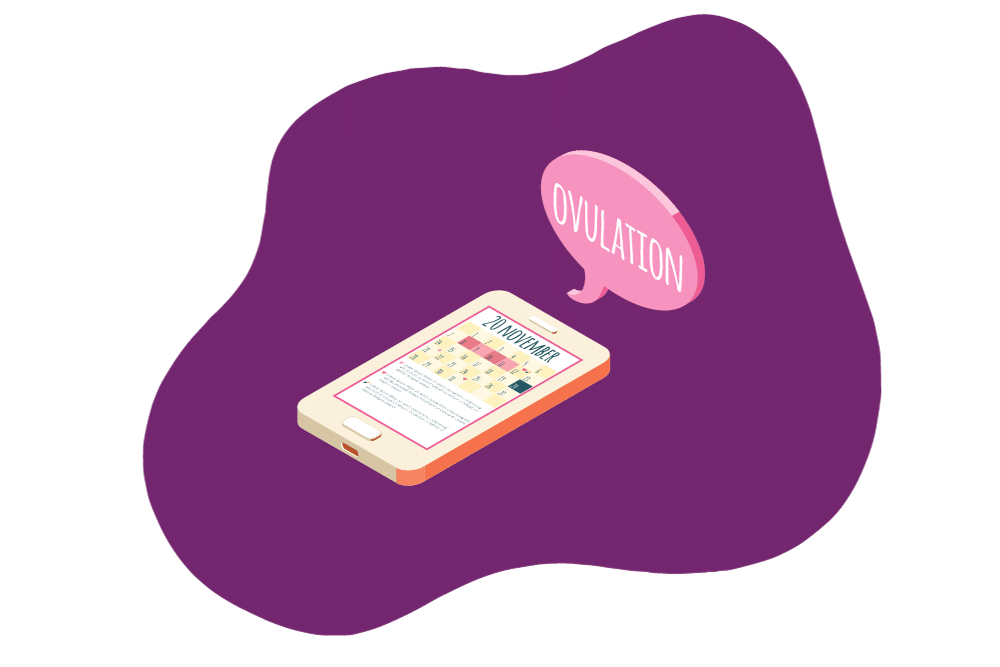
Debunking Myths: Are You Fertile Right Before Your Period?
Contrary to popular belief, the chances of conception right before your period are relatively low. The fertile window—the period when conception is most likely—typically occurs around ovulation, which is roughly in the middle of your menstrual cycle. In contrast, the days leading up to your period are generally less fertile.
While the exact timing can vary between women and menstrual cycles, sperm typically can survive in the female reproductive tract for up to five days. Therefore, if you have a shorter menstrual cycle, there might be a slight chance of fertility in the days leading up to your period. However, the overall likelihood is much higher during the ovulation phase. It’s essential to understand these dynamics for effective family planning and to dispel misconceptions about fertility timing.
Charting Your Course: Managing Pregnancy Prevention with Your Cycle
Taking charge of pregnancy prevention involves understanding your menstrual cycle. By actively tracking the phases of your cycle, you gain valuable insights into the optimal times for fertility and the periods when the likelihood of conception is lower.
During the menstrual phase and the immediate post-menstrual days, the chances of pregnancy are typically minimal. However, recognising that individual cycles can vary, consistent tracking becomes essential. Using tools such as cycle tracking apps or calendars allows you to identify recurring patterns in your cycle, enhancing your ability to predict times of higher fertility and monitor irregular cycles.
Charting your course not only helps you stay in control but also aids in making informed decisions about contraception methods. Whether you’re exploring hormonal birth control, barrier methods, or natural family planning, understanding your cycle provides a foundation for effective pregnancy prevention. With this knowledge, you can confidently navigate your reproductive health, ensuring a tailored approach that aligns with your lifestyle and preferences.
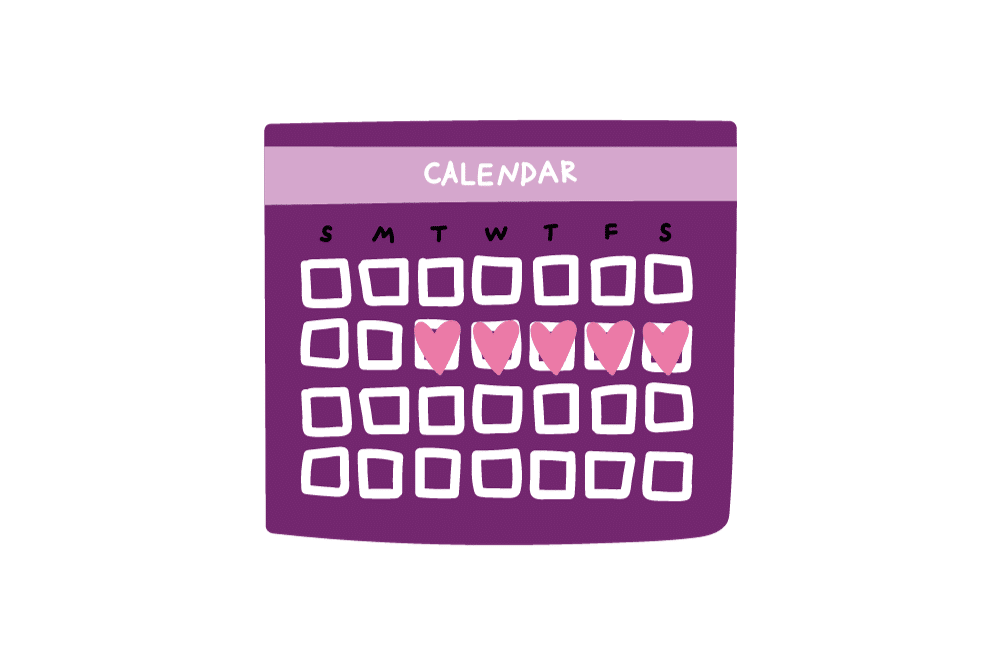
Optimising Your Chances: Navigating Your Fertility Journey
Embarking on your fertility journey involves strategic navigation to enhance your chances of conception. Understanding your menstrual cycle, particularly the timing of ovulation, is crucial to this journey.
By pinpointing the most fertile days in your cycle, typically centred around ovulation, you can optimise your efforts for conception. Tools such as ovulation predictor kits or fertility apps can assist in identifying these peak fertility windows. Additionally, paying attention to your body’s signals, such as changes in cervical mucus or basal body temperature (hint: use a basal body thermometer), further refines your ability to predict optimal conception times.
Your fertility journey is unique; personalised insights into your cycle empower you to make informed decisions. Consulting a fertility specialist can ensure you have the knowledge to optimise your chances on the path to parenthood.

